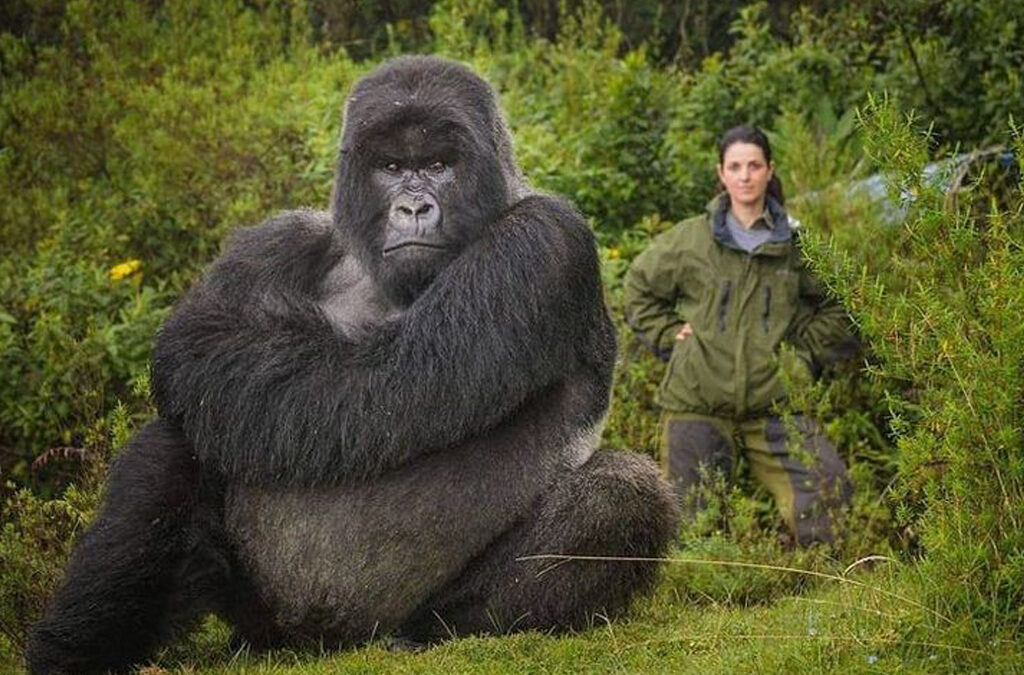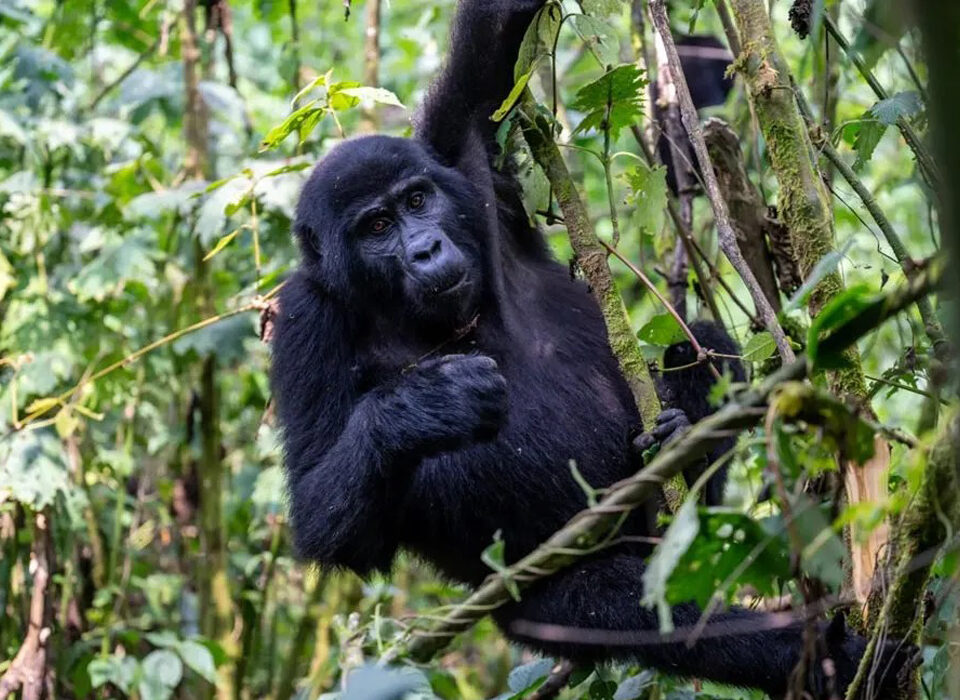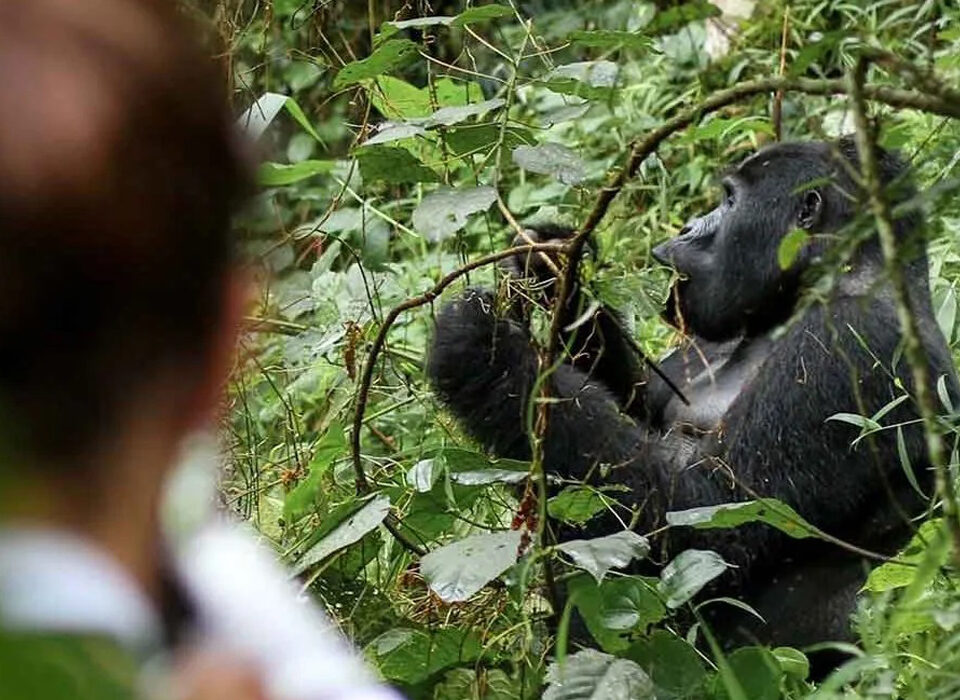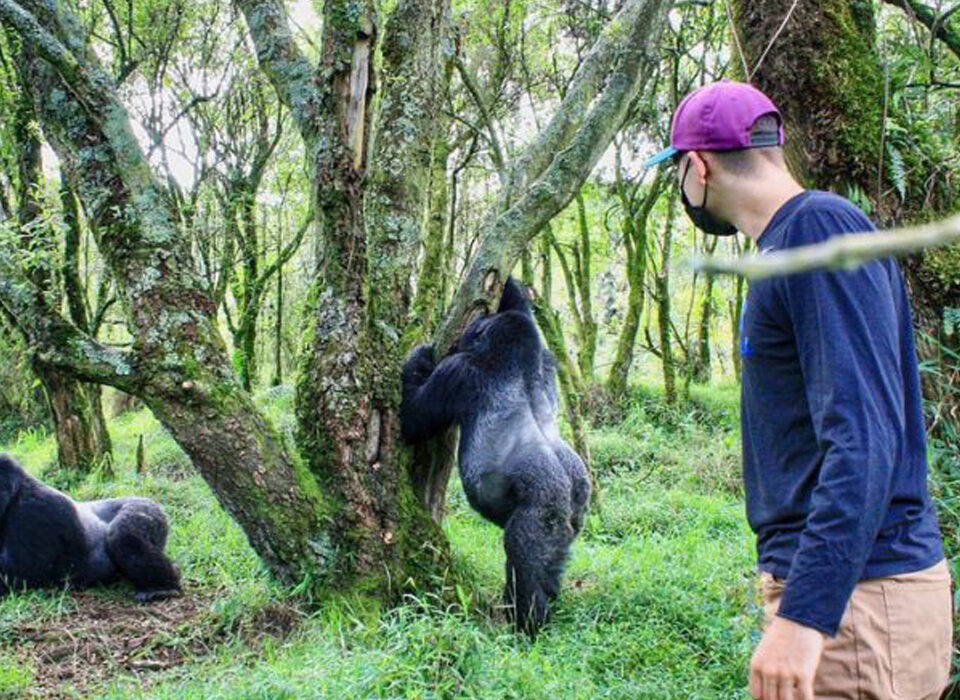- GET IN TOUCH WITH US:
- +256 753518160
- +256 777842166
- info@experiyatourcompany.com

Tanzania’s Cultural Tours Beyond the Wildlife
October 6, 2025
Gorilla Safari Payment Options in Uganda
October 7, 2025How to Plan to See Gorillas in Uganda During the Winter Break

One of the most celebrated holidays worldwide, Christmas, falls during the winter break a perfect time to combine festive joy with one of the planet’s rarest wildlife encounters: meeting the mountain gorillas of Uganda. Uganda shelters over half of the world’s remaining mountain gorilla population, making it the ideal destination for this extraordinary adventure.
Planning a gorilla trekking safari in Uganda during the winter break is easy when you have the right information. Here’s everything you need to know to plan an unforgettable gorilla encounter.
Step 1: Choose Your Gorilla Trekking Destination
Uganda offers two incredible gorilla trekking destinations: Bwindi Impenetrable National Park and Mgahinga Gorilla National Park, both located in the country’s southwest.
Bwindi Impenetrable National Park is the primary site for gorilla trekking in Uganda and is home to about 19 habituated gorilla families. The park is divided into four sectors Buhoma, Ruhija, Rushaga, and Nkuringo offering unique landscapes and gorilla groups. Bwindi is ideal for travelers who want a variety of trekking experiences and do not mind encountering more visitors.
Mgahinga Gorilla National Park, located near the borders of Rwanda and the Democratic Republic of Congo, hosts the Nyakagezi family, Uganda’s only gorilla group in this park. It also offers the chance to trek golden monkeys, making it a dual-primates experience. Treks here are generally less crowded and easier to access compared to Bwindi, ideal for those seeking a quieter experience.
Step 2: Decide When to Visit
The winter break (December to February) coincides with Uganda’s short dry season, a perfect time for trekking. Trails are less slippery, and the gorillas are easier to locate. However, this is also peak tourist season, so permits sell out quickly. Book your permits and safari arrangements at least six months in advance to secure your preferred dates.
Step 3: Understand the Gorilla Trekking Experience
Many travelers wonder what to expect on a gorilla trek. While experiences vary depending on fitness and assigned gorilla group, the adventure is universally thrilling. Your day starts early with a briefing at the park headquarters. Rangers explain trekking guidelines, assign you to a gorilla family, and group trekkers into teams of no more than eight people. Treks last between two to six hours, depending on the gorillas’ location. Porters are available to help carry your gear.
Once you locate the gorillas, you’ll spend one hour observing them watching their interactions, taking photos (without flash), and simply being part of their world. The experience is emotional, humbling, and unforgettable. Afterward, you’ll return to the park headquarters to receive a trekking certificate.
Step 4: Obtain a Gorilla Trekking Permit
You must have a gorilla trekking permit to join a trek in Uganda. Permits are issued by the Uganda Wildlife Authority (UWA) and can be booked directly or through a licensed tour operator. Permit prices are USD 800 for foreign non-residents, USD 700 for foreign residents, and UGX 300,000 for East African citizens. For a more immersive experience, the Gorilla Habituation Experience costs USD 1,500 and allows four hours with gorillas in the Rushaga sector. Always confirm your dates before making payments and ensure all transactions are made to official company or UWA accounts. Permits are non-refundable, except in rare cases where gorillas are not sighted.
Step 5: Follow Gorilla Trekking Guidelines
To protect both visitors and gorillas, Uganda enforces strict trekking rules. The minimum trekking age is 15 years, and each group has a maximum of eight people. You must maintain a seven-meter distance from the gorillas, avoid flash photography, and keep quiet with calm movements. Do not trek if you are sick, and if you must cough or sneeze, cover your mouth and nose. Refrain from touching gorillas or dropping litter. Following these rules ensures the well-being of the gorillas and a respectful, safe encounter.
Step 6: What to Wear for a Winter Gorilla Trek in Uganda
Gorilla trekking involves navigating dense jungle terrain, so wearing the right gear is essential. Since the winter break coincides with Uganda’s dry season, expect moderate temperatures but variable conditions in the rainforest. Sturdy, waterproof hiking boots are vital for stability, while long-sleeved shirts and light trekking trousers protect against branches and insects. Wear long socks with trousers tucked in, and consider gaiters to keep out mud and debris. Gardening gloves help you grip vegetation, while a waterproof rain jacket or windbreaker protects against sudden drizzles. A light sweater or fleece jacket is useful for cool mornings, and a wide-brimmed hat or cap shields you from the sun. Avoid shorts and jeans uncomfortable and offer poor protection in the forest.
Step 7: What to Pack for Your Gorilla Trek Safari
Pack light but smart. Essentials include insect repellent, sunscreen, a camera with extra batteries and memory cards, binoculars, a reusable water bottle, energy snacks, a torch or flashlight with spare batteries, and a small first-aid kit. A waterproof backpack keeps your items dry, and a walking stick—often provided at the park—can be invaluable for balance.
Step 8: Accommodation Options Near Gorilla Parks
Uganda offers accommodation for all budgets near both Bwindi and Mgahinga. Options range from budget lodges to luxury eco-retreats surrounded by lush forest. Popular choices include Buhoma Lodge, Gorilla Forest Camp, Engagi Lodge, Haven Lodge, Nkuringo Bwindi Gorilla Lodge, and Clouds Mountain Gorilla Lodge. Each provides comfortable lodging, warm hospitality, and breathtaking views of the surrounding rainforest.
Step 9: Getting to the Gorilla Trekking Sites
You can reach Bwindi or Mgahinga either by road or by air. Driving from Kampala or Entebbe takes about nine to ten hours, with scenic stopovers at the Equator monument and Mbarara town for lunch. Though long, the road trip offers stunning countryside views and cultural experiences along the way. Alternatively, domestic flights from Entebbe International Airport or Kajjansi Airstrip to Kihihi or Kisoro Airstrip take about one hour and forty-five minutes, followed by a short drive to your lodge. Flights are faster but should be booked in advance.
Final Thoughts
A winter break gorilla trekking safari in Uganda is one of the most rewarding wildlife adventures in the world. From hiking through misty jungles to standing face-to-face with a gentle silverback, every moment promises awe and inspiration. With thoughtful planning—booking your permits early, choosing the right park, and packing wisely—you can enjoy a seamless and unforgettable Christmas holiday in the wild heart of Africa.



